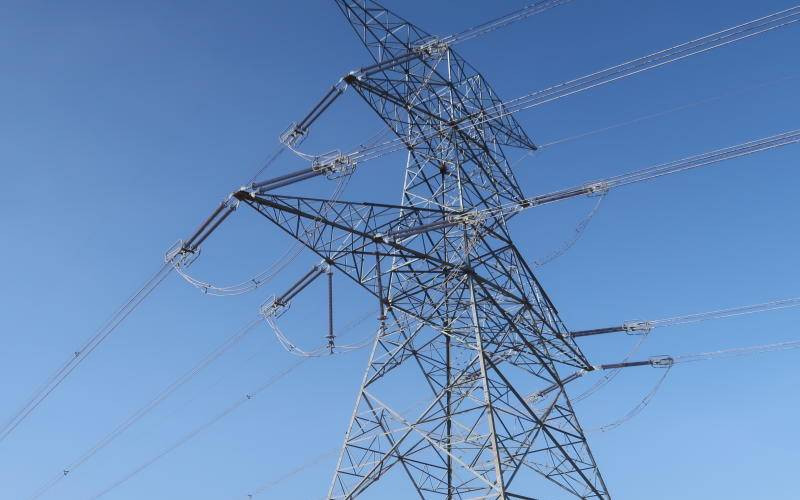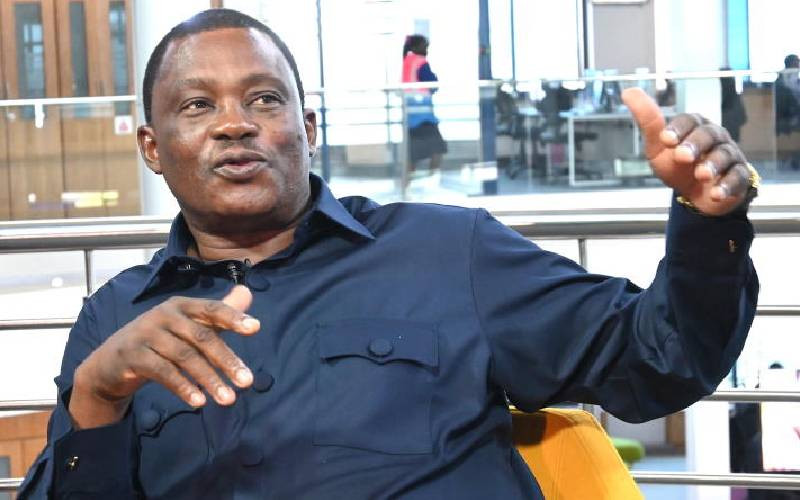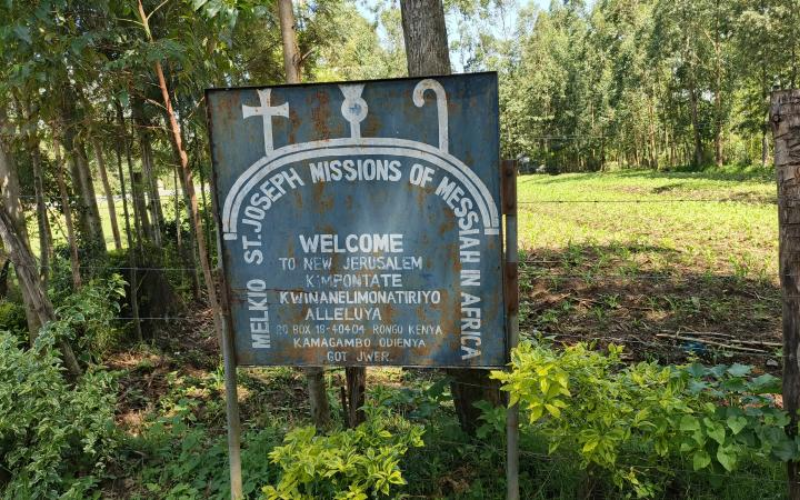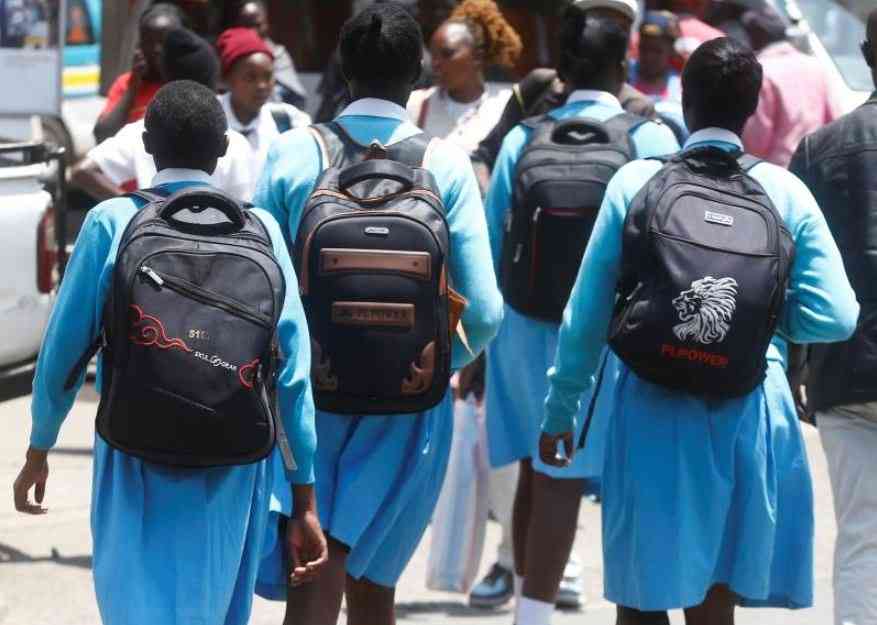High Voltage power line in Suswa,An overhead power line is a structure used in electric power transmission and distribution to transmit electrical energy across large distances. [File, Standard]
×
The Standard e-Paper
Join Thousands Daily






